Your cart is currently empty!
Category: History
-
Imperial Treasures – Symbols of Japan
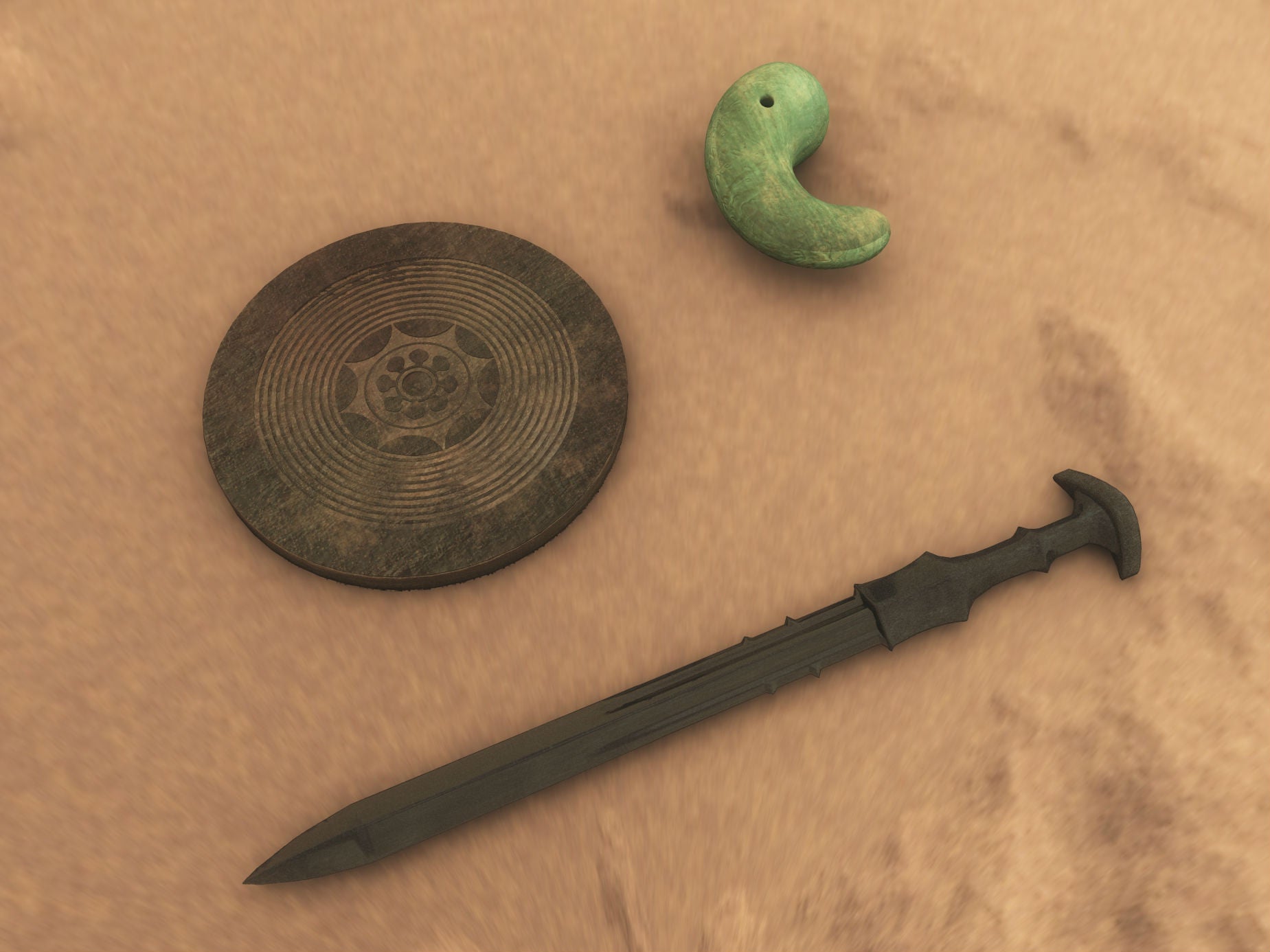
Known as the Sanshu no Jingi 三種の神器, the Imperial Treasures of Japan consist of a sword , Kusanagi no Tsurugi (草薙劍), a Yasakani no Magatama jewel (八尺瓊曲玉) and a Yata no Kagami mirror (八汰鏡) which represent the three main virtues of Japan connected to the Buddhist ideal: courage (the sword), wisdom (the mirror) and benevolence… Read more
-
Daibutsu – Large Statutes of Buddha in Japan
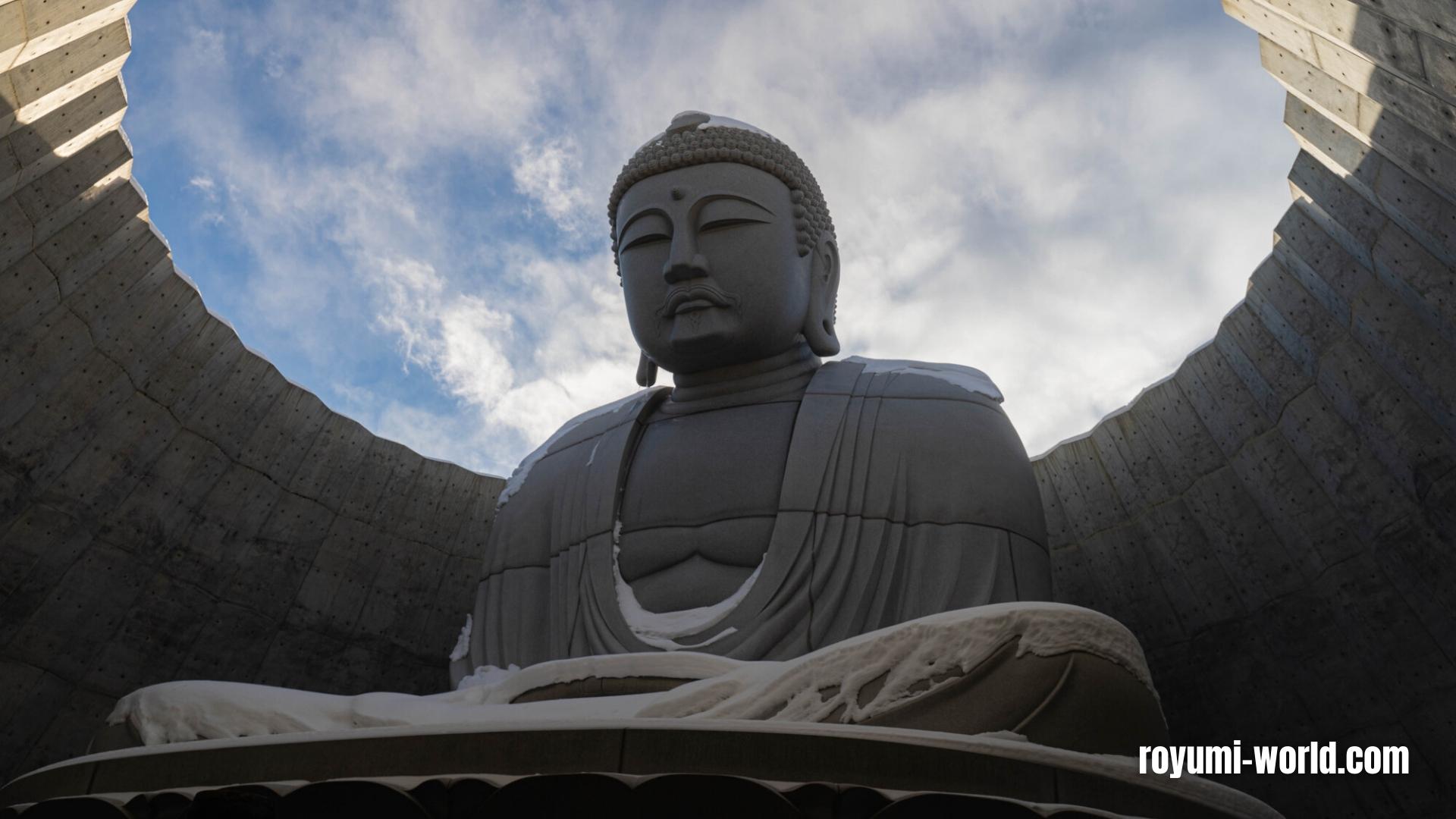
As you probably know, Japan has Shintoism as its indigenous religion and at one point in its history it was influenced by Buddhism that came from China around the 6th century. Currently you can find many temples in Japan where Buddhism and Shintoism coexist together and these are a tourist attraction that creates a lot… Read more
-
Sada Yakko – The Geisha who captivated Europe
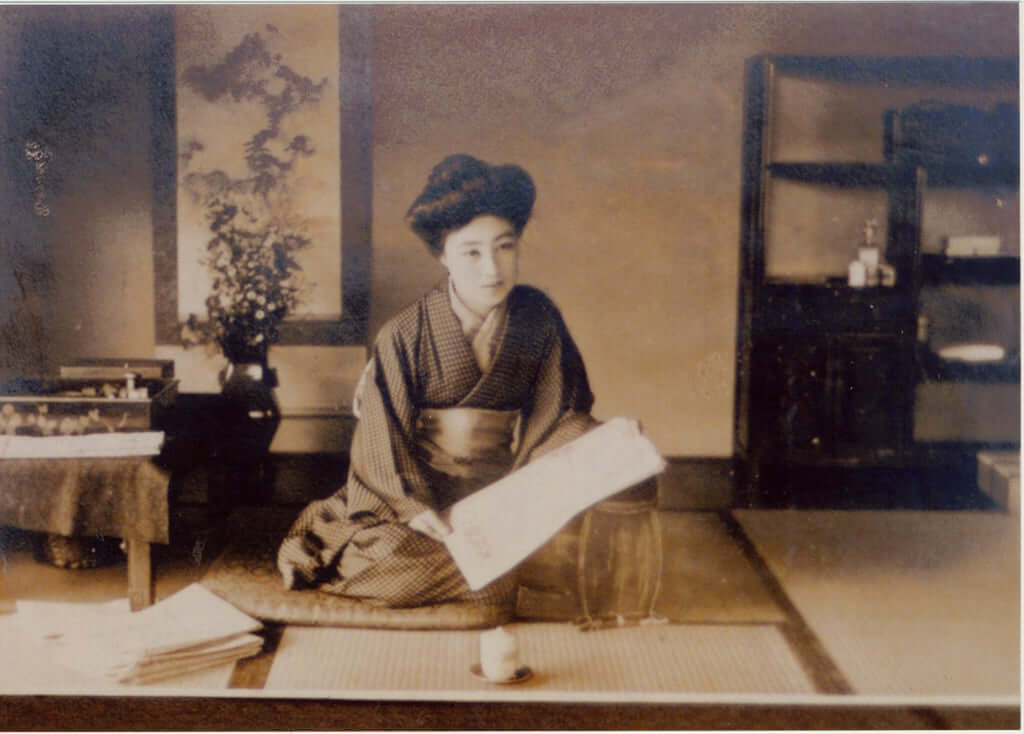
For many years, the artistic heritage left by Sada Yakko in Europe was overshadowed, even completely overlooked. However, in recent years several publications have given it back its deserved recognition and splendor. Born into a wealthy family in 1871 and descended from a samurai family, Sada Yakko owes her dazzling career to a stroke of… Read more
-
What is the Meiji Restoration of Japan
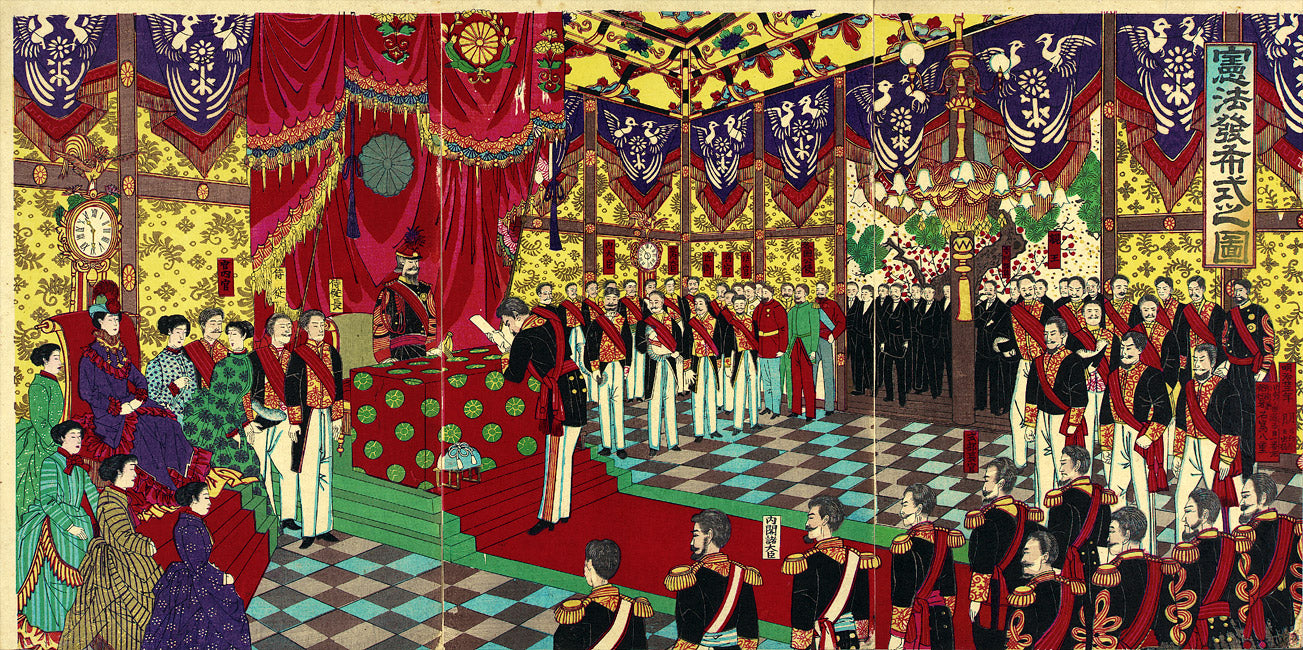
The Meiji Restoration was a political and social “revolution” in Japan between 1866 and 1869 that ended the rule of the Tokugawa shogunate and reinstated the Emperor as the political and cultural center of Japan. It owes its name to Mutsuhito, the Meiji Emperor, who was the greatest symbol of this movement. Background to the… Read more
-
Who were the Daimyo in Feudal Japan?
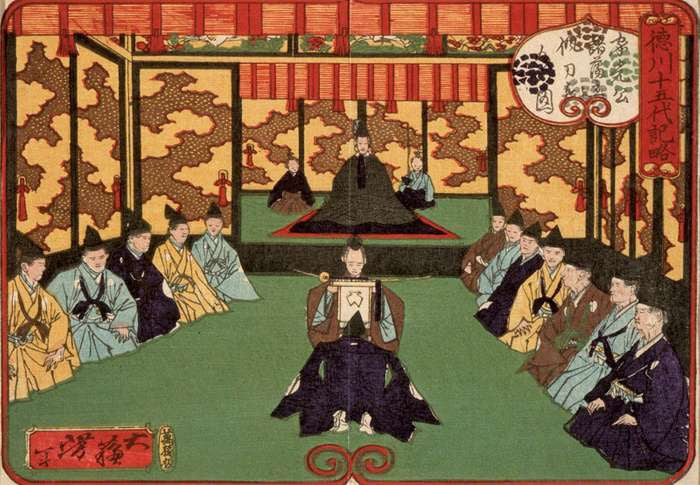
Daimyo were feudal lords during the shogunate in Japan during the 12th to 19th century. Daimyo were powerful landowners who had their own army, hired samurai to protect their property and family. The word daimyo comes from the Japanese “dai” which means “great or great”, and “myo” which is a term to refer to “names”… Read more
-
What was the Bakufu in Japan
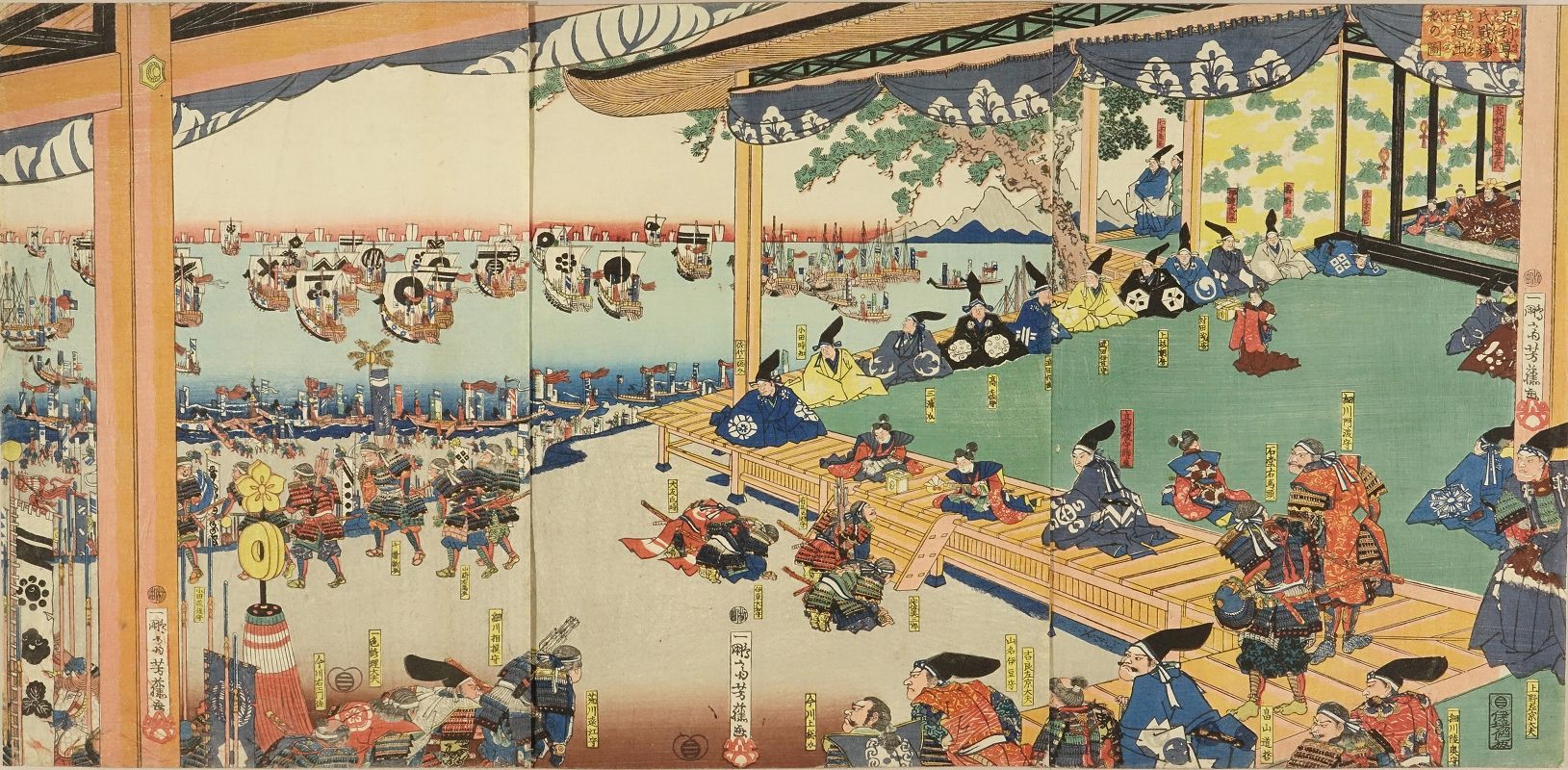
The bakufu was the military government led by the Shogun, who was in power in Japan between 1192 and 1868, basically 7 centuries. Before the year 1192, the bakufu, commonly called the shogunate, was responsible for matters of war and security under the direct command of the Imperial Court. Over the centuries, the power of… Read more
-
Walk in Medieval Japan touring the Nakasendo
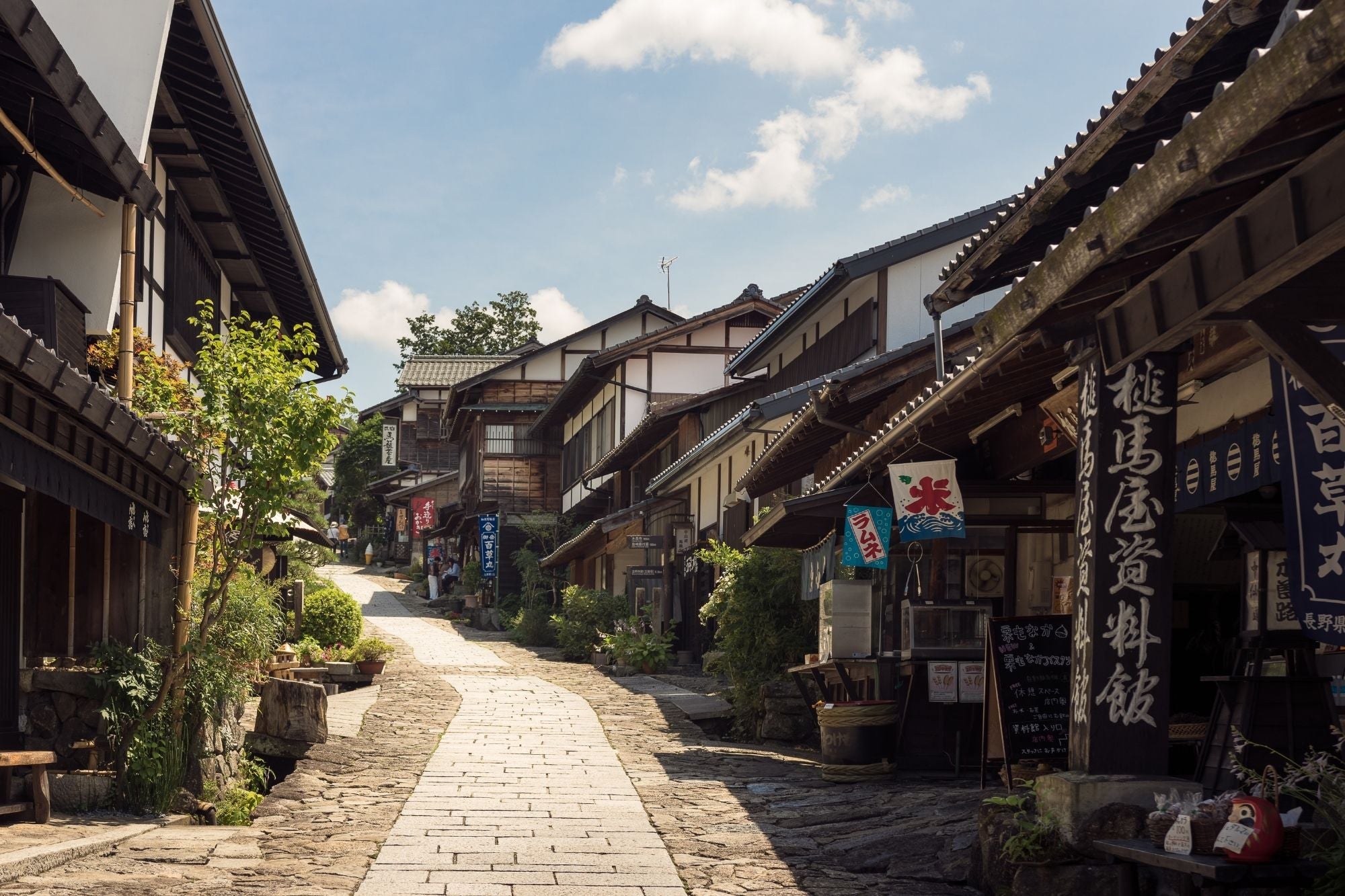
Located in Nagano Prefecture, the Nakasendo Trail 中山道 – also known as Kisokaido , is a route used by feudal rulers, vendors, craftsmen, and samurai. This route that connected Tokyo and Kyoto during the Tokugawa Period (1603-1867). Parts of the trail, which is part of the Five Roads to Edo (now Tokyo), have remained extremely… Read more
-
Utagawa Hiroshige, master of landscape prints
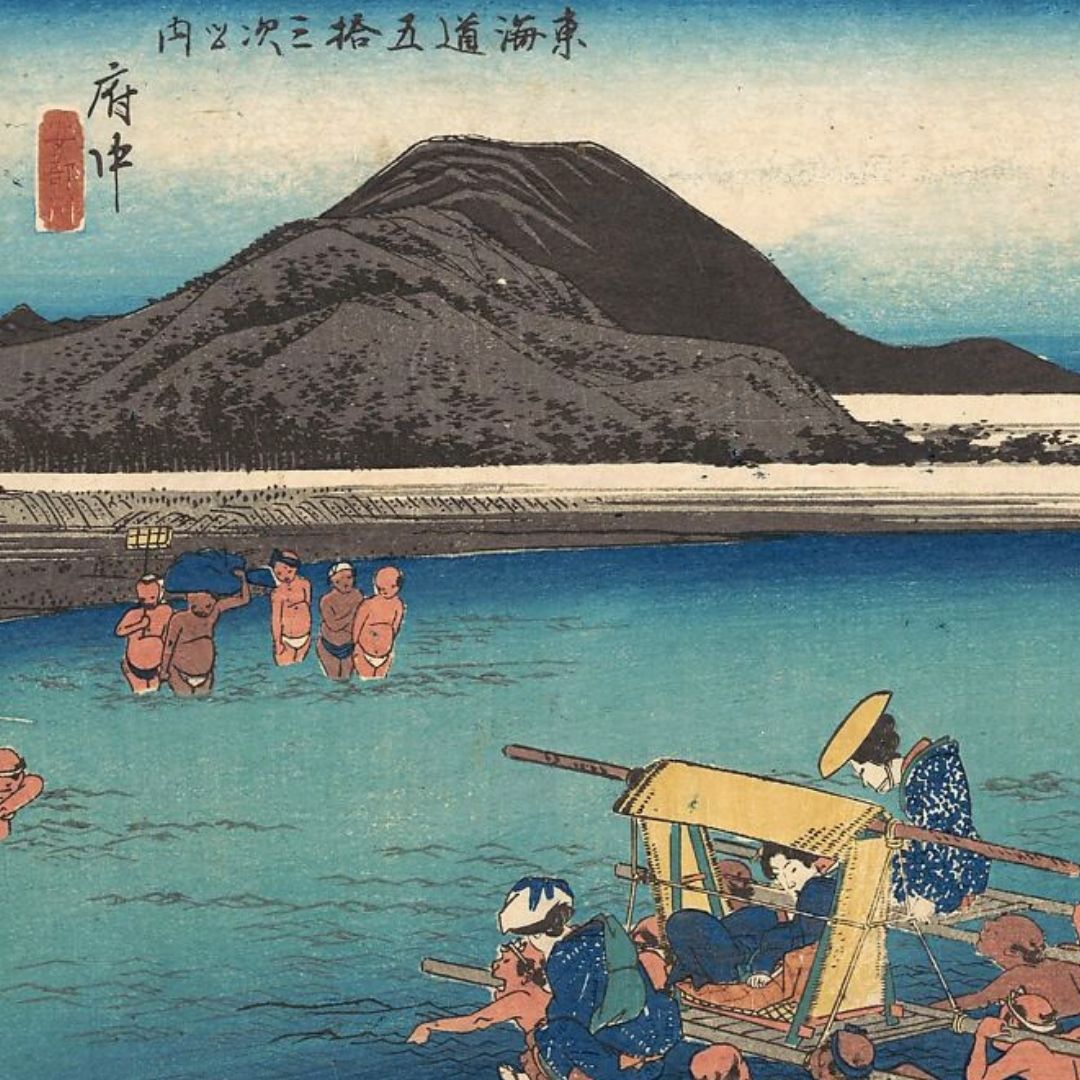
Utagawa Hiroshige secured his place on the podium of printmaking masters with his “Fifty-Three Stations of the Tokaido” series created around 1833 , which brought him sudden and immediate fame. In these prints, the artist depicts the 53 stations along the route from Edo to Kyoto . This work is often compared to Katsushika Hokusai… Read more
-
RONIN – The freelancers SAMURAI of JAPAN
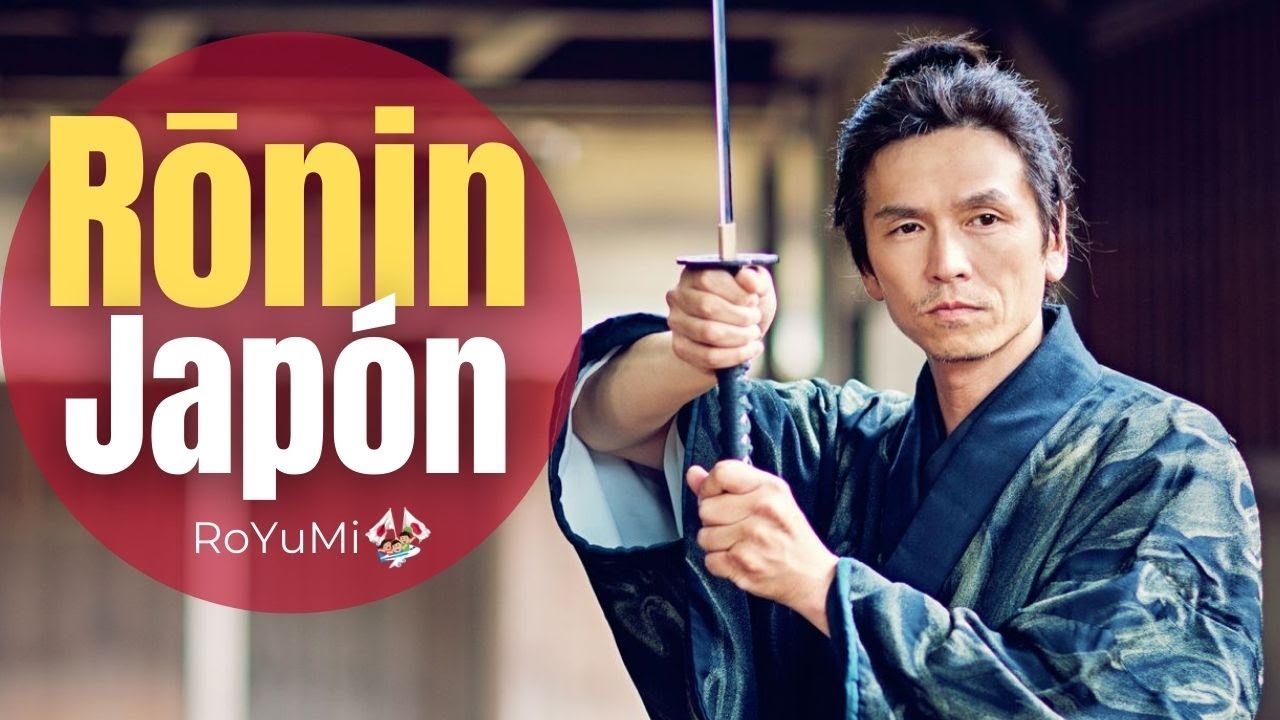
The Ronin could be said that they were the freelancer samurai of Japan from the Edo period but how similar were they to the samurai or what was their relationship with them? We tell you in this video! We hope you enjoy it! Read more
-
The Most Famous Ninja of Feudal Japan
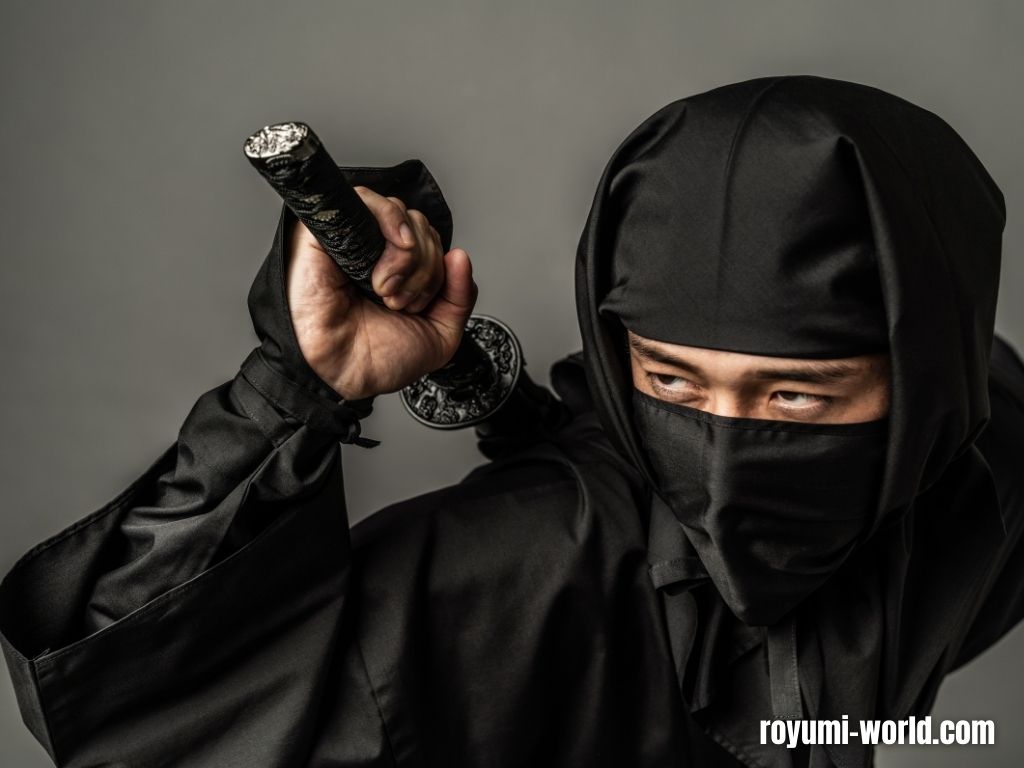
There are two types of warriors from the Japanese feudal era who have captured the interest of people around the world, creating a world of stories, myths and fantasy that embellish books and movies: the samurai warrior, knights who fought under a strict code of conduct based on in honor; and the ninja or shinobi,… Read more
